Electric vehicles are significantly cheaper to own and operate than gas-powered cars, but there are ways to further reduce costs. To attract customers and make it easier for them to run errands while their electric vehicles charge, more and more retailers are providing free Level 2 charging at shopper-friendly locations like store parking lots. Target, Costco, Macy’s, Kroger, Safeway, and Whole Foods are already doing this. Additionally, retailers and shopping centers are partnering with networks like Shell Recharge, which operates ad-supported charging stations that are free for users.
Finding creative ways to save money charging EVs is a popular topic on social media. Here’s a recent post on Reddit by briantoby2 about charging EVs at public chargers:
“I know someone in SF who has an EV they can’t charge at home and hasn’t had any issue with rolling up to a charger outside of peak hours and getting a charge.”
NewConfusion9480 posted:
“When getting our Ioniq 5 I was all geared up to buy an L2 charger and have it installed in our garage. Talked it over with the wife and she suggested waiting to see how L1 charging would treat us.
It's totally sufficient. There's an EA station within a mile of our house in case we ever need a fast, big DC charge. Also, there's a shopping center nearby with 8 free L2 stations that seem to always be empty.”
Other ways to save money charging your EV include charging at home during off-peak hours when electricity rates are lower, using free or discounted public Level 2 chargers often found at libraries, workplaces, or shopping centers, and enrolling in membership programs with networks like Electrify America or EVgo for reduced rates. Planning routes with apps like PlugShare or ChargePoint can help you find the most affordable charging stations along your journey. Avoiding frequent use of DC fast chargers, which are typically more expensive, can also help lower overall charging costs.
If you charge at your home, which is one of the best ways to save money, many utilities offer rebates for Level 2 home charger purchase and installation. They typically range from $100 to $800, with income-qualified households often receiving higher amounts. For example, in my area, one utility provides up to $600 off charger equipment plus $2,000 toward installation. In the next county over, another utility offers a $50 rebate for ENERGY STAR certified Level 2 chargers. To maximize savings, EV owners should check both state-level utility programs and the federal tax credit, ensuring their location, charger model, and installer meet eligibility, and stack multiple incentives whenever possible.
Public Charging in the United States
As of early 2025, Tesla operates over 2,500 Supercharger locations with nearly 30,000 charge ports in the United States, almost all of which are Level 3 DC fast chargers. Electrify America has around 950 locations and about 4,250 charge ports, all of which are Level 3 fast chargers designed for a variety of electric vehicles. ChargePoint leads in total volume with more than 31,000 charging locations and approximately 56,000 charge ports, the vast majority being Level 2 chargers with about 54,000 ports, while the remaining 2,000 are Level 3 fast chargers.
Electrify America focuses on building a national network of open-access DC fast chargers, making high-speed charging available to a wide range of electric vehicles. ChargePoint, on the other hand, specializes in Level 2 charging at workplaces, retail centers, apartments, and public spaces, supporting daily driving and overnight charging. Tesla provides a proprietary, high-speed charging network designed specifically for Tesla owners, offering reliable, long-distance travel with thousands of Superchargers that are now gradually opening to other EV brands.
Walmart Makes A Bold Move with EV Charging
Walmart plans to roll out thousands of fast chargers at over 4,600 of its stores and Sam’s Clubs across the country by 2030. They stated the following in their press release:
“…By 2030, we intend to build our own EV fast-charging network at thousands of Walmart and Sam’s Club locations coast-to-coast. This would be in addition to the almost 1,300 EV fast-charging stations we already have available at more than 280 U.S. facilities.
With a store or club located within 10 miles of approximately 90% of Americans, we are uniquely positioned to deliver a convenient charging option that will help make EV ownership possible whether people live in rural, suburban or urban areas. Our goal is to meet the needs of customers and members where they live and open the road to those driving across the country. Easy access to on-the-go charging is a game-changer for drivers who have been hesitant to purchase an EV for concerns they won’t be able to find a charger in a clean, bright and safe location when needed.
At the same time, as more drivers transition to EVs, our network growth will help expand domestic EV charging capacity across states. We see our commitment today as a natural extension of our work to help customers and members live better, easier and more sustainable lives – a big win for busy families and drivers everywhere, our country and the planet…”
As of late spring 2025, Walmart has launched a pilot rollout of its own branded 400 kilowatt Alpitronic HYC400 DC fast chargers at three locations. Two locations are in Texas and one is in Arkansas. The chargers support both CCS1 and NACS connectors. In Oklahoma, Walmart recently installed eight HYC400 units, providing 16 charging stalls in total. Users on social media report that these chargers are now live and delivering charging speeds over 300 kilowatts.
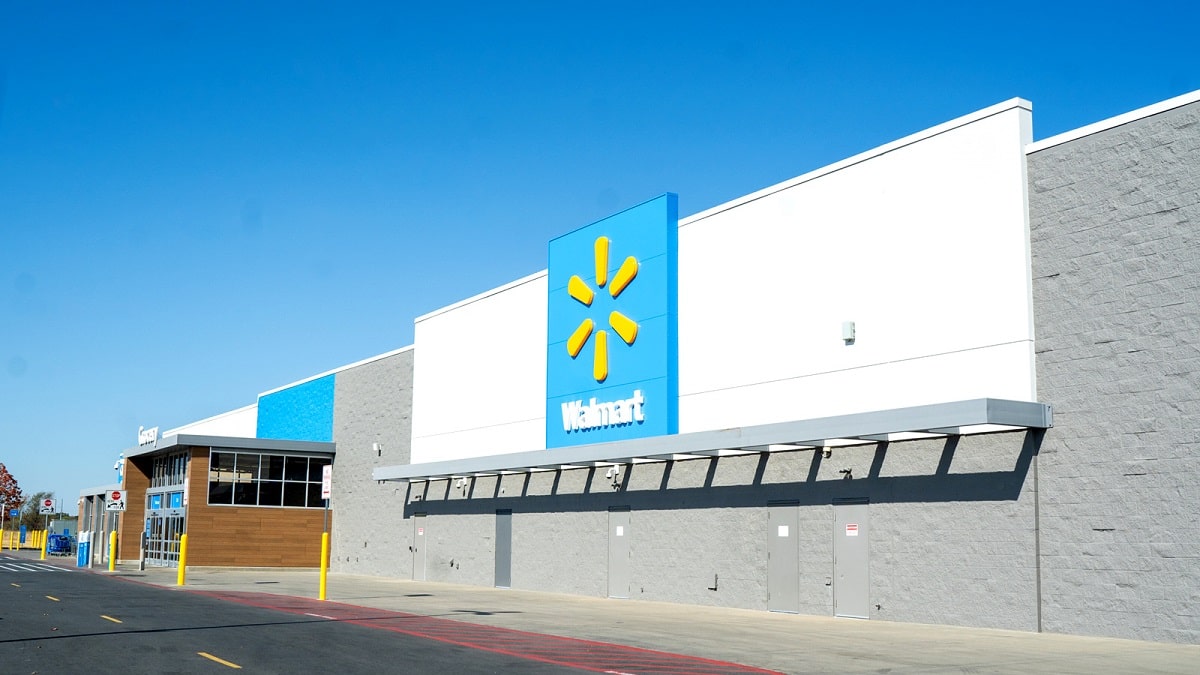
In addition to Walmart, Starbucks has teamed up with Mercedes Benz High Power Charging to install 400 kW DC fast chargers at about 100 locations along the I-5 corridor and other key travel routes. IKEA USA has partnered with Blink to install Level 2 chargers at nearly all its U.S. stores. Fred Meyer, Macy’s, and Cracker Barrel are installing Blink Level 2 chargers at select locations through a partnership with The EV Project and ECOtality. Each retailer is working with EV charging providers, and in Starbucks’ case also with an automaker, to provide accessible public charging at high traffic and travel focused locations.
Please Drop Your Thoughts in the Comments Below
If you charge at home, what type of charging system do you have for your EV?
Have you seen any creative solutions for residential on-street EV charging?
Chris Johnston is the author of SAE’s comprehensive book on electric vehicles, "The Arrival of The Electric Car." His coverage on Torque News focuses on electric vehicles. Chris has decades of product management experience in telematics, mobile computing, and wireless communications. Chris has a B.S. in electrical engineering from Purdue University and an MBA. He lives in Seattle. When not working, Chris enjoys restoring classic wooden boats, open water swimming, cycling and flying (as a private pilot). You can connect with Chris on LinkedIn and follow his work on X at ChrisJohnstonEV.
Image sources: ChargePoint media kit, Walmart media kit



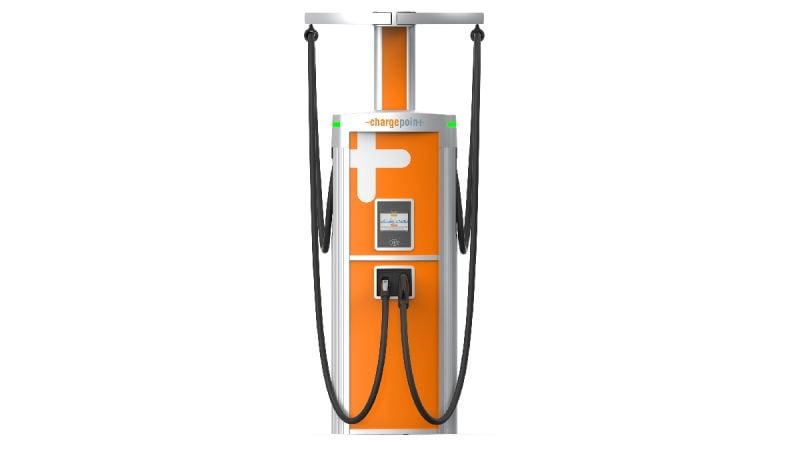




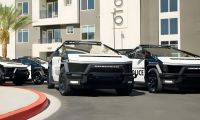

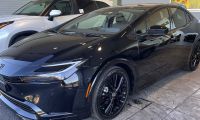
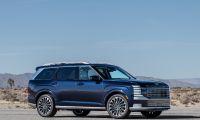

Comments
Someone is paying to produce…
Permalink
Someone is paying to produce the electricity you're taking for free... I guess this explains why we're facing yet another rate hike. Thanks for sharing.
If things are cheap, not…
Permalink
If things are cheap, not even free that means low or no productivity, no value-added, or skipping a lot of quality control, skipping a lot of R&D, not a sustainable business, sooner or later the industries will be gone or died by themselves. This business model has been tested and tested in the Country repeatedly with only one result - failure. Can anyone name one successful case which is sustainable of this business model? In order to lengthen the life of this business model, the Country will national-wise to steal IP or as national-wise copycat so that it saves a lot of R&D cost which is huge. You will see numerous unknown brands to offer almost common molding products with very little variation. This kind of virtually competition is actually a national cooperative work of copying.
Kind of silly. There's no…
Permalink
Kind of silly. There's no free lunch. The cost of the charging is represented in the price of the vehicle and the service and the warranty.
Plugging our Ioniq 5 into a…
Permalink
Plugging our Ioniq 5 into a level 1 charger on a 110 line in the garage costs virtually nothing to always have it charged.
Agreed, it’s as simple as…
Permalink
In reply to Plugging our Ioniq 5 into a… by Walter Williams (not verified)
Agreed, it’s as simple as plugging in my phone every night.
So what? You're trading time…
Permalink
So what? You're trading time and effort for convenience. Not everyone finds the tradeoff worth it. And as far as Shell Recharge goes, many locations that used to be free now require payment. Figure out what works best for your driving routine and if ICE, HEV or PHEV is best, go with those. I'm sorry but unless you have charging at home, work or other convenient consistently available charger (for example, I have charged at a lot across from a synagogue I went to early on weekday mornings that was mainly empty at those times) I would say you will find the annoyance of relying on public chargers exasperating,
But quite simply I don’t…
Permalink
But quite simply I don’t want to worry about planning having enough energy to get to where I need to go. I just don’t want to plan. My 520 D requires no planning it just sails along for around 650 miles so I can devote my thoughts to positive and productive outcomes for my business. Why on earth would you want more planning in your life to pretend you are saving the planet?
Free just means somebody…
Permalink
Free just means somebody else is paying for it. That’s why they call it “freeloading.”
Yes, the retailers are…
Permalink
In reply to Free just means somebody… by Matthew Destree (not verified)
Yes, the retailers are paying to attract customers and encourages longer in-store stays and more browsing time. It’s a new spin on an age-old tactic like coupons, free Wi-Fi, free refills, free beauty gifts, extra discounts, free giveaways and promotions, free diagnostics, free battery testing, free windshield wiper installation, free dog treats. Shall I go on?